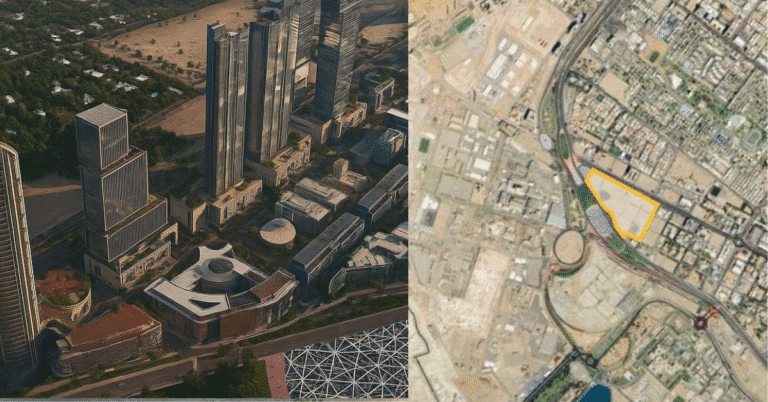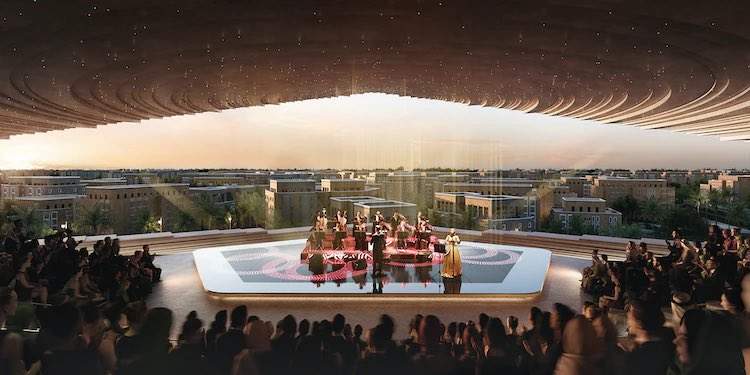Architects’ response to the real risks of artificial intelligence
Architects’ response to the real risks of artificial intelligence,
Architectural bodies including RIBA and AIA compile guidance and policy requests for governments,
To help the profession deal with the potential risks and benefits of artificial intelligence.
Artificial intelligence (AI) technology has developed rapidly in recent years.
The advent of generative AI tools such as ChatGPT and Midjourney has raised serious questions for the creative industries.
Architecture-specific AI models like LookX promise to revolutionize the building design process.
But there were also warnings that architects’ jobs could be in jeopardy.

RIBA Formulation Guidelines
In the UK, the Royal Institute of British Architects (RIBA) said it is working with the government to produce guidance on the technology.
“Artificial intelligence presents exciting opportunities for the future of architecture in areas such as design, workflow, and various types of computations,” said a RIBA spokesperson. ”
However, there are also potential risks that we must take into consideration and mitigate.”
He continued, “As this technology is developing at a rapid pace and rapidly changing the landscape,
We are currently working with expert members and government to help craft guidance and advocate for the interests of the profession.”

Across the Atlantic, the American Institute of Architects (AIA) has stated that it is actively studying issues and opportunities related to artificial intelligence.
“At AIA, we continually monitor, track and share issues and technologies that help our members better serve their companies,” said Lakeisha Ann Woods, CEO of AIA.
There are elements of work that AI can complement and increase efficiencies.
However, when it comes to stability, reliability, and functionality, you cannot replace the expertise of an architect.”
A recent AIA survey found that while only five percent of architecture studios in the United States report early adoption of AI models, 90 percent expect to use the technology more in the next three years.

A mixture of anxiety and excitement
Meanwhile, last month the Australian Institute of Architects submitted a report to the Australian government on the use of artificial intelligence.
The document states, “While the institute does not believe we should fear AI,
The Australian government must ensure an appropriate regulatory environment is in place to mitigate potential downsides.”
Like many professions, the architecture profession is beginning
to grapple with the potential (and real) risks and rewards of using AI.
Our members have expressed a mixture of concern and excitement regarding AI,
both as it relates to the profession and to everyday life. ”
The document highlights the perceived benefits and areas of interest for architects associated with the technology.
Among the benefits, it lists speeding up intense manual work,
early identification of code or design problems, and assistance with renderings and visualizations.







